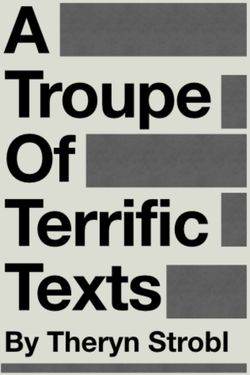In the latest PLP humanities project we learned all about Canada’s darker history of residential schools and cultural genocide to answer the driving question of “How can art and text reflect both the history and our current place in time”. So without further ado, here is the post.
The first step of this project was creating an I Am From Poem, which is a poem that describes me using a specific format. The way this connects to truth and reconciliation was very unclear at the start of this project to me, but later it connected back to the main idea of the project.

The order of this project was slightly disorienting, with Keystone 1 being the last keystone due and some other things like that, so I will go through this project in the order we handed them in.
🧱 Keystone 2
Part 1: History and Art
For this activity I explored a governmental act (I chose the Indian Act) and find art that reflects or makes a commentary on it. I found an amazing art exhibit called “The Indian Act Revisited” that looks at the Indian act and the current state of indigenous affair to see what has changed and what could be done. It consists of art form eight different First Nations artists. Here it is:
History And Art: The Indian Act
Part 2: Contemporary Issues
The goal of this segment was to find a text (art, music, essay, etc…) that reflects a modern indigenous issue. I found a song by indigenous artist “Dakota Bear” called Freedom that talks about inter generational trauma.
Contemporary Issues: Intergenerational Trauma
Part 3: Civil Dispute and Art
The last part of keystone 2 was a reflection on a civil dispute with sources and art. Here is mine:
Civil Conflicts and Art: The Oka Crisis
The next step in this project was a reflection on how I feel about living in Canada and my connections to truth and reconciliation. This is the part where the I Am From Poem ties back into the project, but to be honest, I felt like there could’ve been better ways to identify personal connections to Canada, like revising our I am from poems from a different perspective or creating rhetorical paragraphs from First Nations perspectives.
Truth And Reconciliation Paragraph
Throughout this project the whole class read a book called “The Marrow Thieves” by Cherie Dimaline. We also completed reading journal entries and reflections each week and finally at the end a paragraph that analyzes the book’s commentaries form the past and future.
My thoughts on the book
Personally, I really didn’t like this book; the dystopian future was somewhat believable, with the exception of one of the main plot points of the book: the ability to dream being lost by everyone EXCEPT First Nations people, with the secret being in their bone marrow. This is extremely unrealistic, as 1. Bone marrow cannot affect any of the brain’s processes 2. The government creates “schools” to place First Nations people in, killing them for their born marrow, but bone marrow can be harvested even right now in the real world without hurting the host, and 3. Bone marrow can infinitely be cloned with current technology as well.
“The Marrow Thieves” Journal
Then finally it was time to work on the final product of this project: the collage. and after 6 drafts, this was the result:

Thanks for reading my post, and I’ll see you in the next one.












































